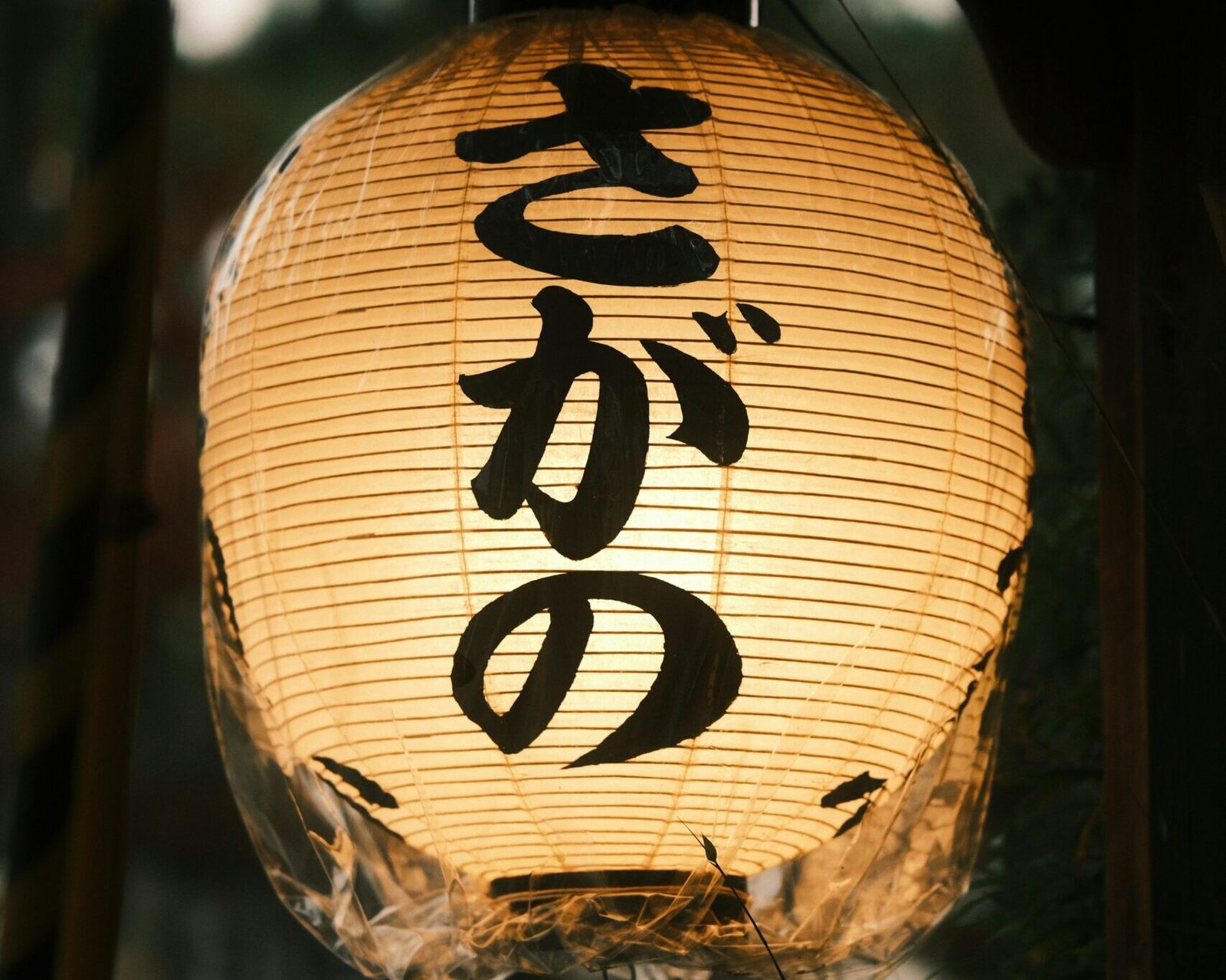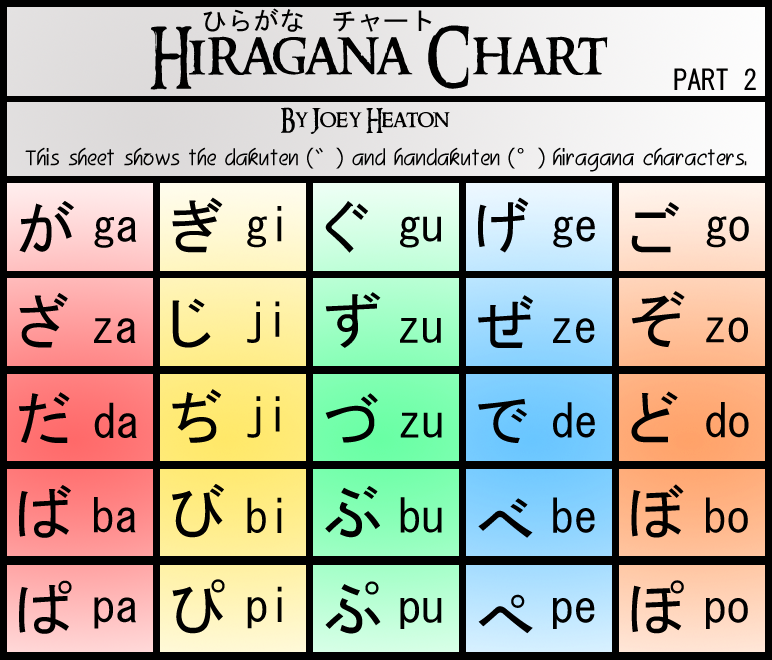Physical Address
304 North Cardinal St.
Dorchester Center, MA 02124
Physical Address
304 North Cardinal St.
Dorchester Center, MA 02124

Learning Japanese starts with one fundamental building block — Hiragana (ひらがな).
Whether you’re dreaming of reading manga, ordering ramen in Tokyo, or passing the JLPT, understanding Hiragana is your first major step.
This guide explains what the Japanese Hiragana alphabet is, why it matters, and how to learn it efficiently, including stroke order, pronunciation, and common mistakes to avoid.
Hiragana is one of the three writing systems used in Japanese, alongside Katakana and Kanji.
It represents native Japanese sounds and functions as the foundation of Japanese literacy.
Unlike the English alphabet, which is made up of individual letters, Hiragana is a syllabary — meaning each symbol represents a syllable (sound) rather than a single letter.
| Character | Sound | Example Word | English Meaning |
|---|---|---|---|
| あ | a | あさ (asa) | morning |
| い | i | いぬ (inu) | dog |
| う | u | うみ (umi) | sea |
| え | e | えき (eki) | station |
| お | o | おちゃ (ocha) | tea |
Hiragana is used in:
Learning Hiragana is non-negotiable for anyone serious about Japanese.
Here’s why it’s essential:
Almost every Japanese sentence contains Hiragana. Even Kanji-heavy text mixes in Hiragana for grammar and word endings.
Each Hiragana character corresponds to a specific sound. Learning them trains your ear and tongue for Japanese pronunciation early.
Once you know Hiragana, you can:
| Script | Purpose | Appearance | Used For |
|---|---|---|---|
| Hiragana | Native Japanese grammar and words | Rounded, flowing | Words like たべる (to eat), いぬ (dog) |
| Katakana | Foreign words and emphasis | Angular, sharp | Words like コンピュータ (computer) |
| Kanji | Borrowed Chinese characters | Complex, blocky | Words like 水 (water), 日本 (Japan) |
💡 Tip:
Think of Hiragana as your “training wheels” — once you can read it, you’ll naturally start recognizing Kanji and Katakana patterns.
There are 46 basic Hiragana characters, representing every sound in the Japanese language.
They’re organized in a chart called the Gojūon (五十音), or “Fifty Sounds Table.”
| a | i | u | e | o |
|---|---|---|---|---|
| あ (a) | い (i) | う (u) | え (e) | お (o) |
| か (ka) | き (ki) | く (ku) | け (ke) | こ (ko) |
| さ (sa) | し (shi) | す (su) | せ (se) | そ (so) |
| た (ta) | ち (chi) | つ (tsu) | て (te) | と (to) |
| な (na) | に (ni) | ぬ (nu) | ね (ne) | の (no) |
| は (ha) | ひ (hi) | ふ (fu) | へ (he) | ほ (ho) |
| ま (ma) | み (mi) | む (mu) | め (me) | も (mo) |
| や (ya) | — | ゆ (yu) | — | よ (yo) |
| ら (ra) | り (ri) | る (ru) | れ (re) | ろ (ro) |
| わ (wa) | — | — | — | を (wo) |
| ん (n) | — | — | — | — |
📝 Side Note:
Modern Japanese rarely uses obsolete Hiragana characters like ゐ (wi) or ゑ (we), though they appear in older literature.
Japanese modifies basic Hiragana to create new sounds:
Adds a small double quote (゛) mark to create voiced sounds.

Adds a small circle (゜) to create “p” sounds.
Combine small や, ゆ, or よ with another character:
These combinations are common in everyday Japanese words, like:
Hiragana isn’t just about memorizing — it’s about writing with correct stroke order and balance.
Each character has a specific order and direction for each line.
For example:
Following stroke order helps your handwriting look natural and legible.
Even if you type on a phone, handwriting helps memory.
Use:
Japanese writing flows smoothly. Avoid lifting your pen excessively — connect strokes fluidly.
💡 Tip:
Try writing with a brush pen or calligraphy app to feel the movement of each character.
Memorizing 46 characters might sound intimidating, but it’s easier than it looks.
Here’s how to learn Hiragana fast:
Visual associations help memory stick.
Example:
Study one row (a-line, ka-line, sa-line) per day.
You’ll master the full set in 10 days or less.
Try VerbaCard Hiragana Flashcards, which include:
Apps like Anki, Tofugu Kana Quiz, and VerbaCard’s Deck make review fun and interactive.
Even dedicated learners slip up when starting out. Avoid these traps:
Some Hiragana look alike:
👉 Tip: Write them side-by-side when studying to spot subtle differences.
Master Hiragana before moving on to Katakana.
Learning both simultaneously often causes confusion.
Skipping proper stroke order leads to messy, unrecognizable handwriting later.
Romaji (the Latin alphabet version of Japanese) is just a crutch.
Reading only Hiragana builds real fluency.
Hiragana is a syllabary, meaning each symbol represents a syllable sound (like ka, shi, tsu).
Yes — constantly! Every Japanese text includes Hiragana, especially for grammar, verb endings, and particles.
Not necessarily. Focus on Hiragana first, then Katakana. Many textbooks follow this order.
Most learners can memorize all characters in 1–2 weeks with daily practice. Particularly with the use of tools like these Hiragana Flashcards.
Hiragana developed from simplified Kanji centuries ago, but they now serve very different purposes.
The Japanese Hiragana alphabet is the cornerstone of reading, writing, and speaking Japanese.
Once you’ve mastered it, you’ll unlock your ability to read native materials, understand grammar, and move confidently toward Katakana and Kanji.
Remember:
Ready to move on?
Explore our next guides: